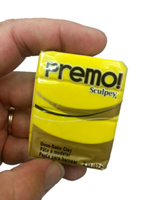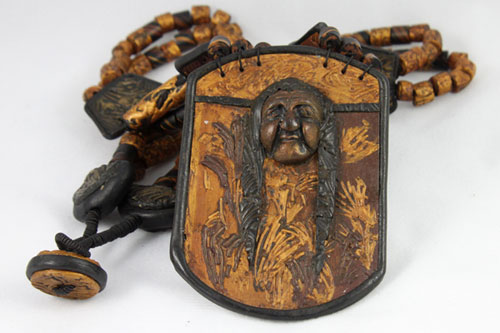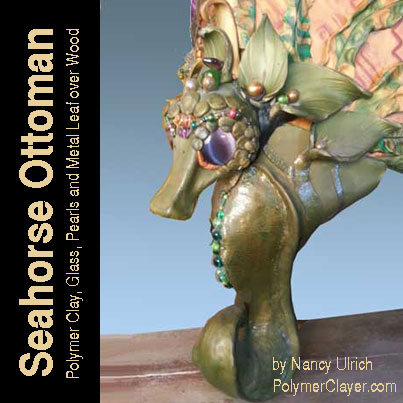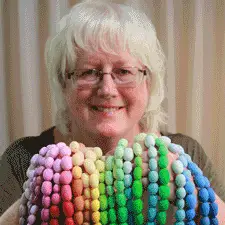Discover Premo Sculpey Baking and Polymer Crafting Tips and Whether It's Perfect for Your Project
Premo Sculpey Baking Instructions
How long in the oven? Promo polymer clay takes twice as long as most other Polyform oven baked products, but the results are so worth the wait! Bake for 30 minutes for every 1/4 inch (6mm) of unbaked clay. Bake it over and over, the colors won't brown unless the temperature goes too high.
Light Colored Baking Tip: Preheat your oven to about 20 degrees below the recommended temperature on the package. Then put your piece in for about 10 minutes. At that time change the temperature to the correct setting and start your stopwatch. This may minimize oven temp spikes that could brown your project. Click here for more tips for baking this and other clay types.
Temperature Setting? 275F (130C)
How Many Colors? There's 24 Premo Sculpey colors in 2014. Many of these are based on artist's paint pigments so if you are a painter mixing them to create new colors will be easy. There's also another 24 in the Accents product line - think of those the same way a movie producer does about their special effects department!
Packaging: 2 ounces, 8 oz and one pound packs.
What's the Price?
This type is usually priced at about $1.00/ounce, which
is higher than Sculpey III. But professional artists are more than
willing to pay the extra price for the densely saturated colors and
higher durability of the results. Check for frequent sales on Premo Sculpey at the link.
Experienced User Tips
I should warn you, this is my favorite, so I might babble on a bit. I hope that you find this helpful though...
Pros: Premo is very versatile, it's often used by professional artists for for jewelry, household items, and gallery pieces. It's strong, but flexible and doesn't break easily. Sculptors like it because it holds fine details. It's popular for techniques like caning, millefiori, mokume gane, extrusions and for imitating materials like ivory and semi-precious stones like malachite.
This product is known for its highly saturated pigments. It's easy to mix exactly the color you need. because the colors are based on a professional color pallette similar to the Grumbacher system. If you're familiar with mixing artist paint you'll get similar results with Premo.
The dense pigmentation has one drawback, it can leave a residue on your hands when working with darker, more saturated colors. While I was making the seahorse to the right I kept baby wipes handy to clean the color off. Some people use petroleum jelly also.
Cons: The new Sculpey Premo formulation produced after 2010 is softer with more plasticizers. While this is good if you have trouble conditioning clay, it can be too soft for making canes that hold their lines. Let the cane 'rest' for a day or so to let it firm up a bit before you reduce it. Or you can wrap it in clear plastic wrap and put it in your refrigerator for a couple of hours.
Some clayers have also complained that the new Premo is too sticky. If you think that's the case with your package, roll it out in a sheet and place it on top of some ordinary copy paper. After several hours you will notice a slightly oily patch on the paper. Test some of the clay to see if its a better consistancy for your use.
Pinks and oranges sometimes darken a bit during baking, but this isn't just a characteristic of Premo. Mix in a small pinch of white while conditioning to avoid this.
|
|
|
Having trouble with your Premo? Just ask for help here. Or leave a tip and I'll include it on this page to make it better for everyone.
Home › Polyform Clay Types › Premo Sculpey




